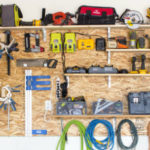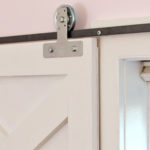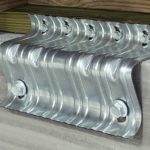Pounding waves. Ship collisions. Saltwater corrosion. Freeze and thaw cycles. Storm damage. From coast to coast, the nation’s wharves, sea walls, docks, and piers take an annual beating from sun, sand, wind, and surf, not to mention the wear and tear from supporting maritime and recreational boaters. Sure, they’re built tough, but extreme conditions put these structures in need of regular repair and restoration.
According to American Petroleum Institute (API), the US is also home to an additional 25,000 miles of navigable waterways beyond the coasts. API should know: Nearly 40 percent of commercial transportation in the inland and coastal waterway system carries petroleum and related energy products. Transport by water is considered relatively safe and secure by shippers, but it also provides incredible efficiency — just five barges can move as much cargo as 5,000 tractor trailer trucks.
But maritime infrastructure is aging, creating an even greater need for retrofit and repair, and resulting in an increasing number of large pile restoration projects every year. At a marine terminal on Lake Superior, the Midwest Energy Resource Company recently upgraded its wharf pilings using the FX-70 Structural Piling and Protection System from Simpson Strong-Tie®. As profiled in Pile Buck Magazine, the project to repair and protect corroded pilings began with divers assessing the condition of the aging wharf, which was regularly subjected to coal tenders pushing heavy ice against the pilings during the winter.
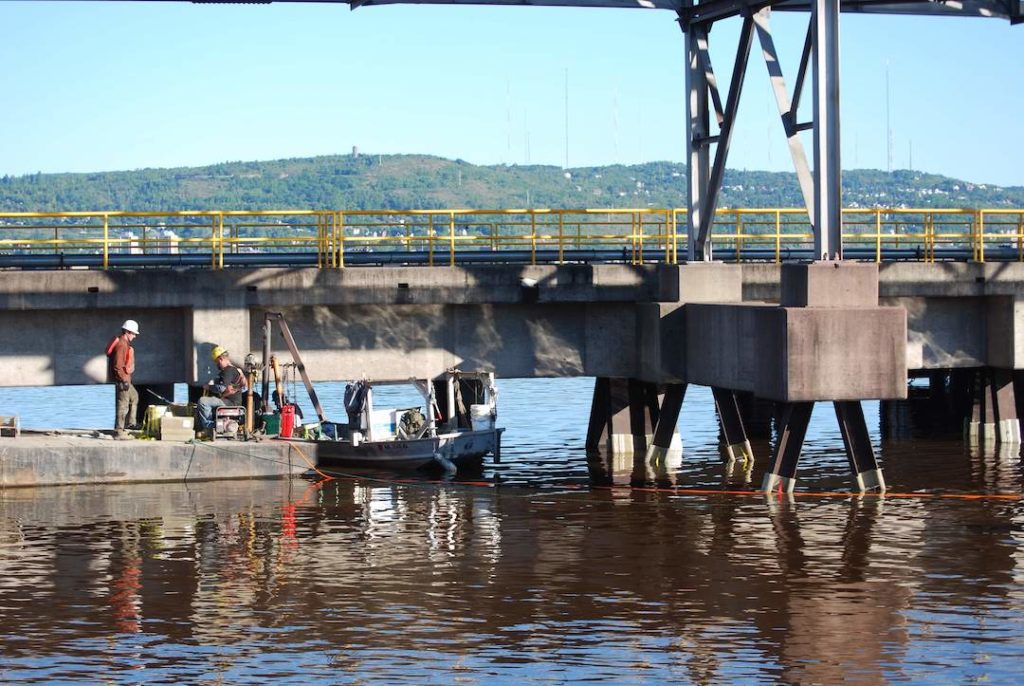
After testing a wide range of solutions, the repair team headed by Nordic Underwater Services selected the FX-70 as a way to strengthen the corroded pilings. Epoxy grout was pumped into the FX-70 jackets to minimize air pockets, and carbon fiber was wrapped around the jacket exteriors in lieu of rebar. All in all, the total repair took only 5½ months to execute. Before another winter could set it, the marine terminal was fully operational and protected from the extreme elements of the harbor.
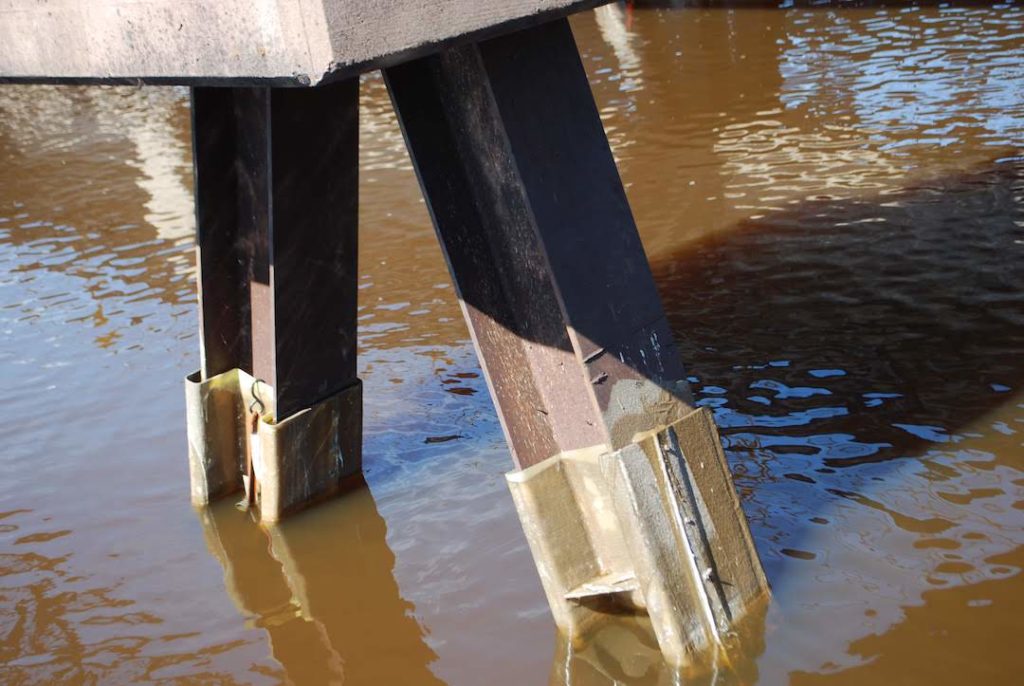
The FX-70® structural piling repair and protection system was the first in-place repair solution for damaged concrete, steel, and wood piles when it debuted in 1970. By eliminating the need to build cofferdams or otherwise remove water from project areas, the FX-70 system drastically reduces costs while enabling piers, docks, and other harbor structures to remain in service as the pile repair is executed.
Aging seawalls, too, are facing a dire future as sea levels continue to rise and marine infrastructure budgets get thinner. In addition to pounding waves and corrosive salt water, seawalls have to contend with marine bores and other ocean organisms that like to call piling infrastructure their home. To protect US coastlines, Simpson Strong-Tie research and development scientists are working with marine contractors to develop new sheet pile repair technologies that might prove helpful in strengthening seawalls in advance of future increases to local sea levels, helping further control the erosion and flooding that threatens American waterways.
Is FX-70 the solution for your next project?
Contact a Simpson Strong-Tie FX-70 expert today.



